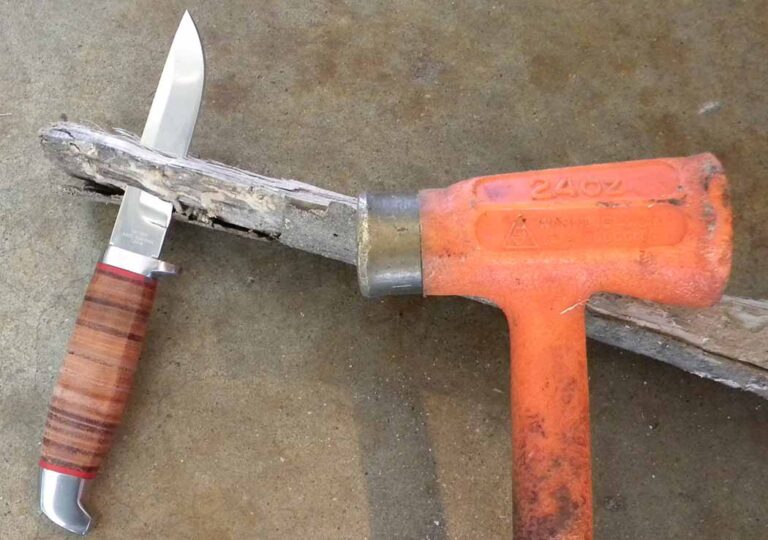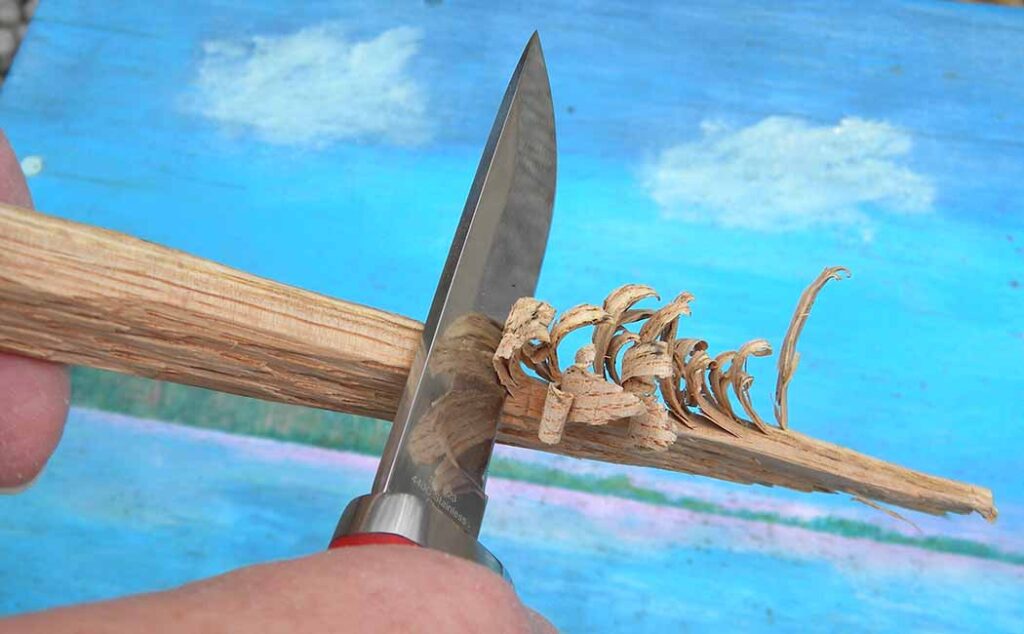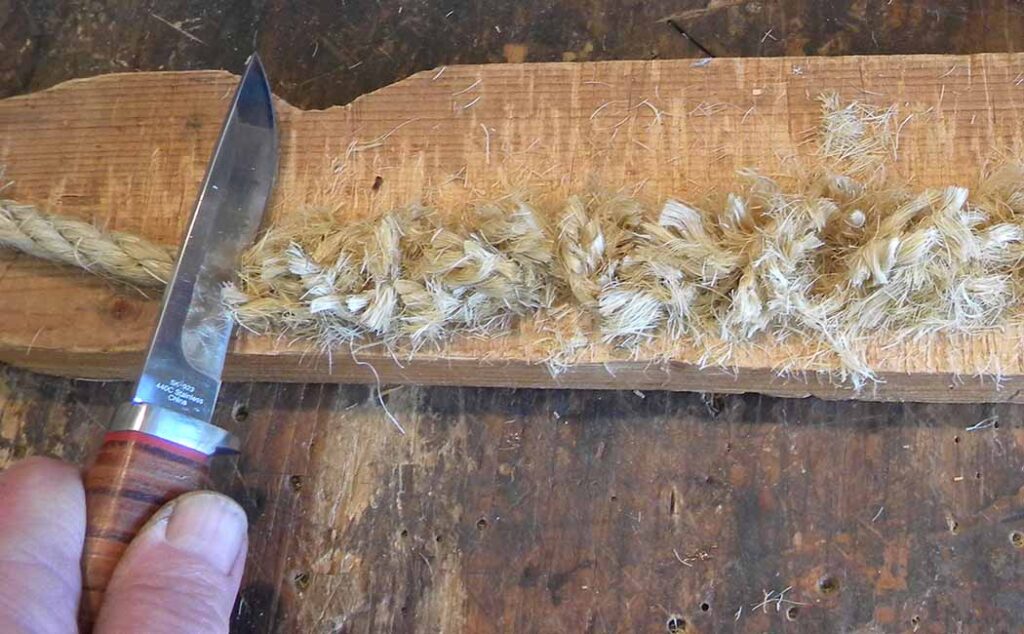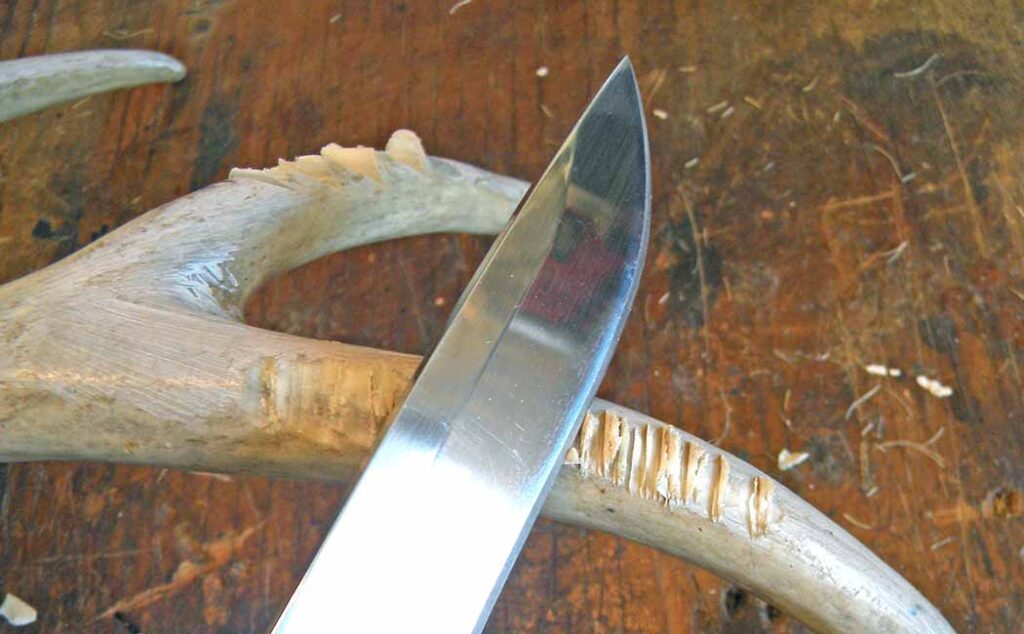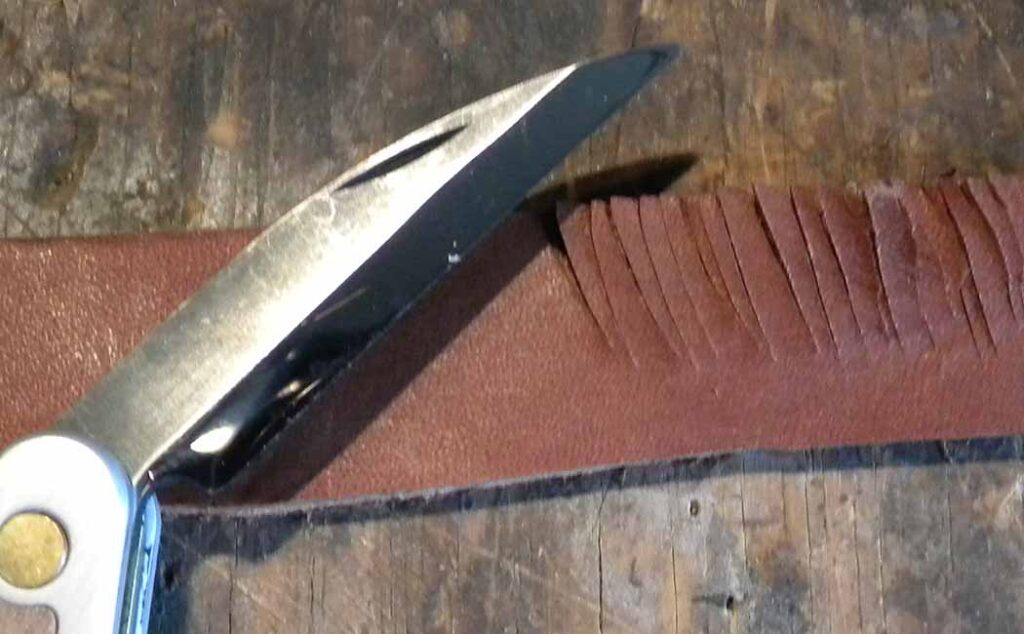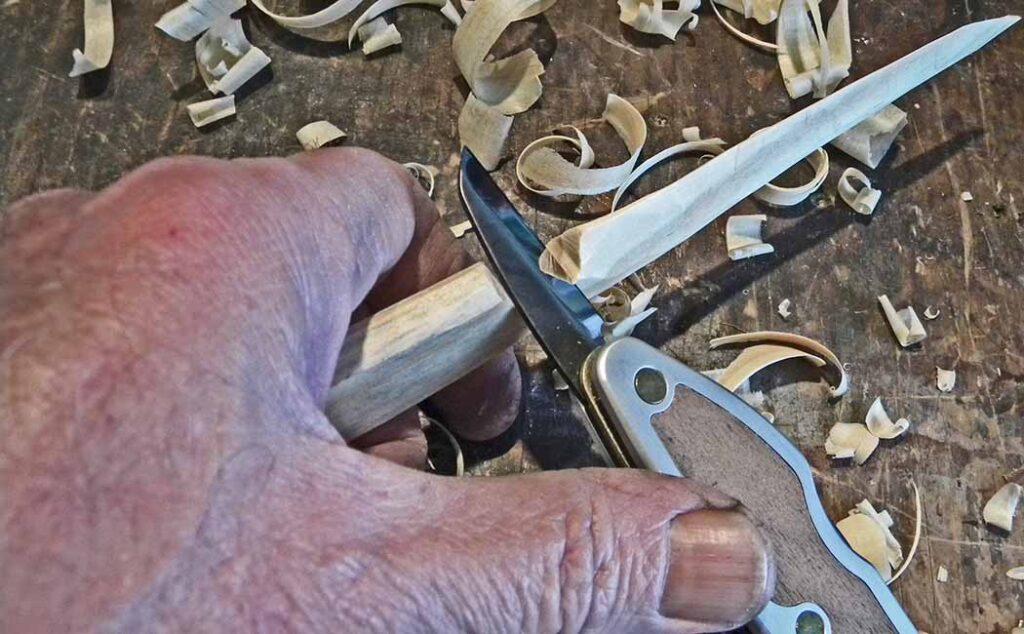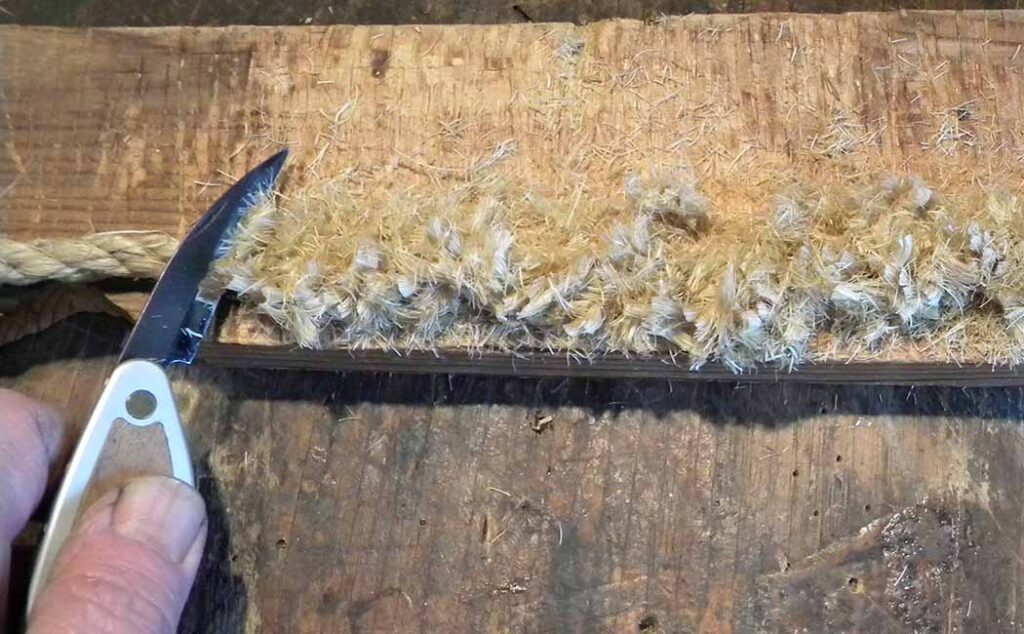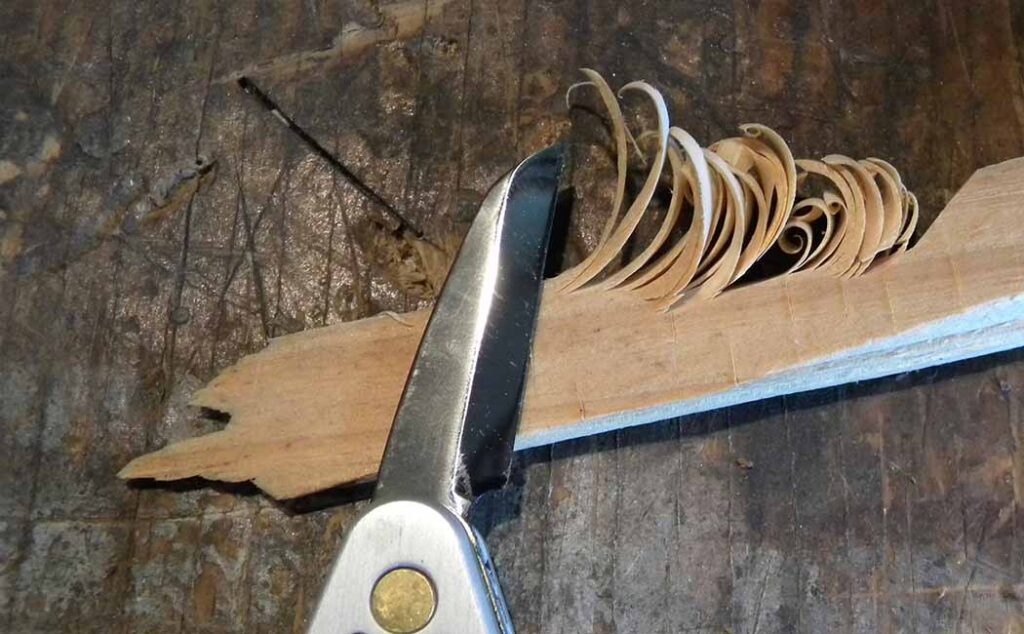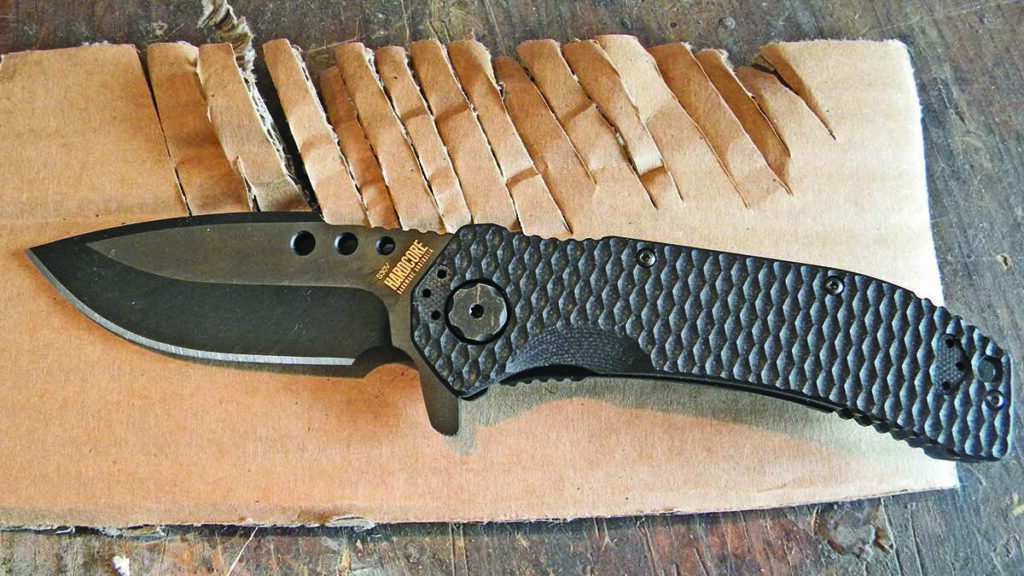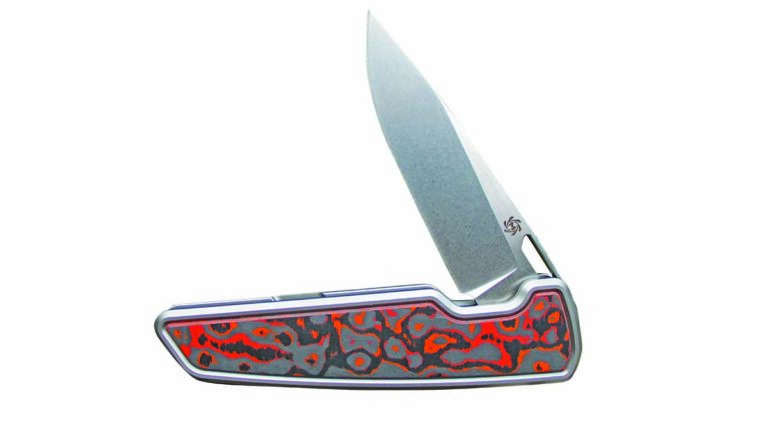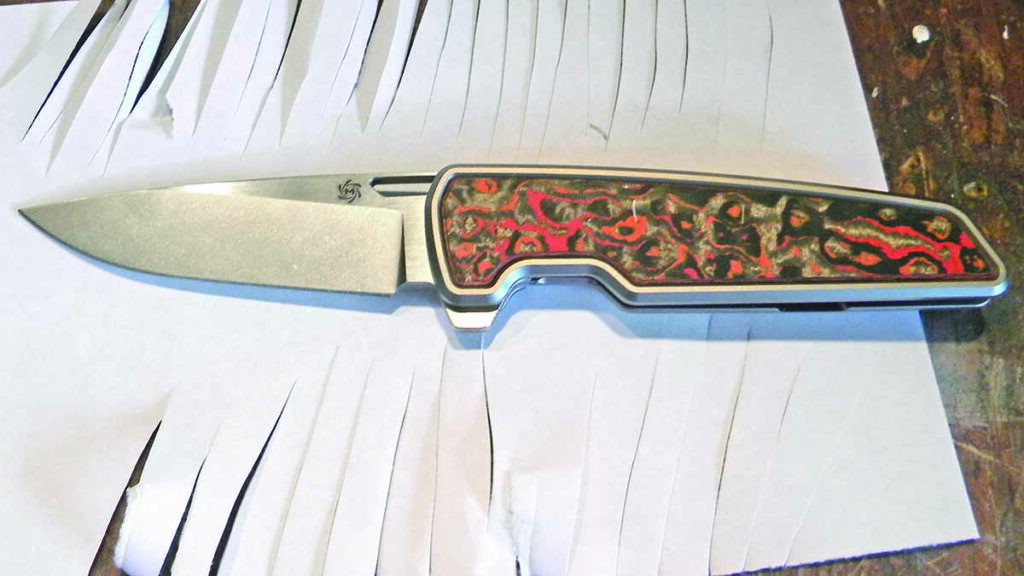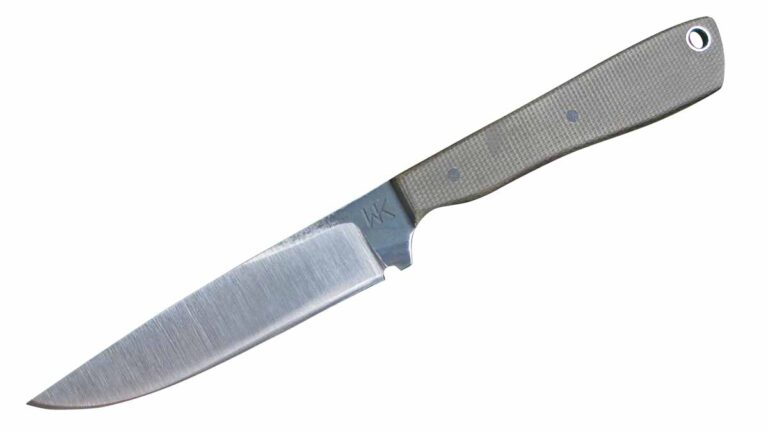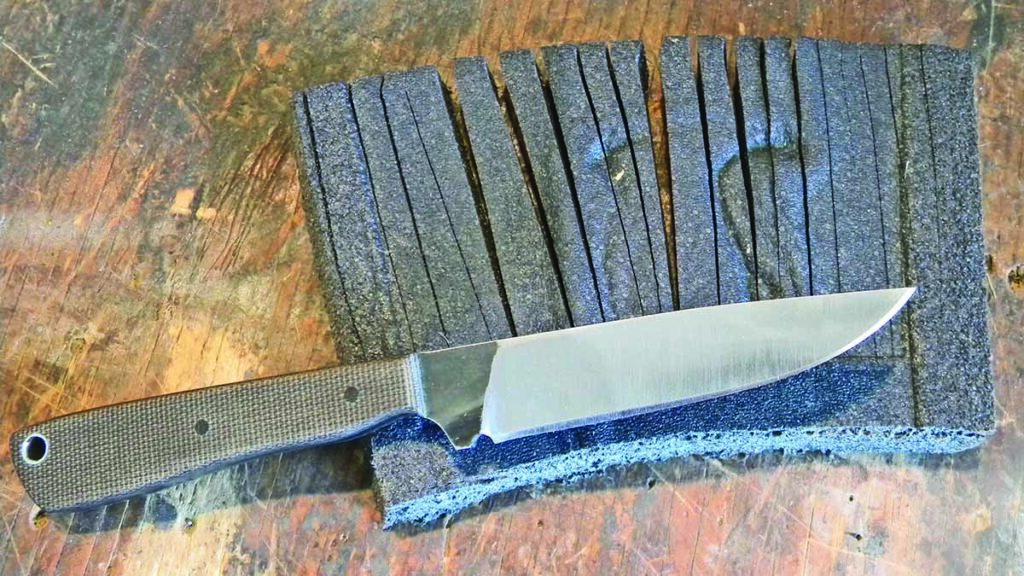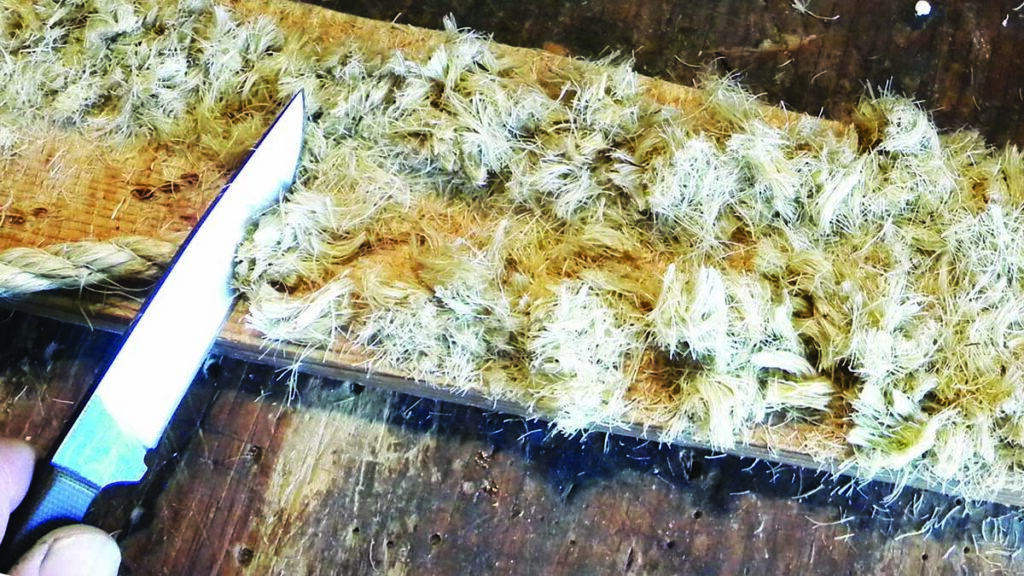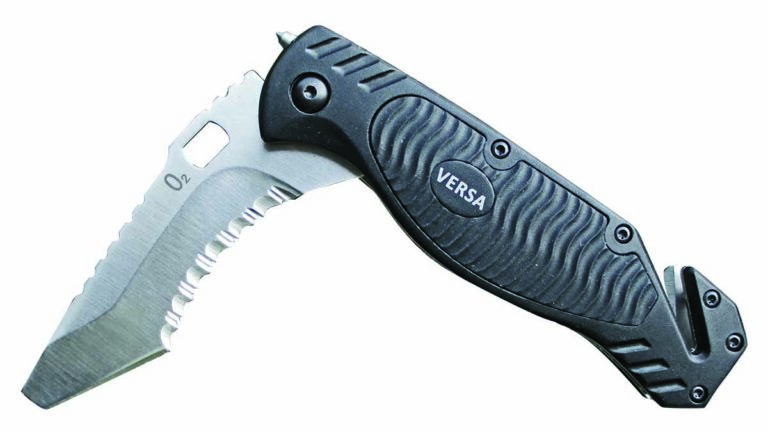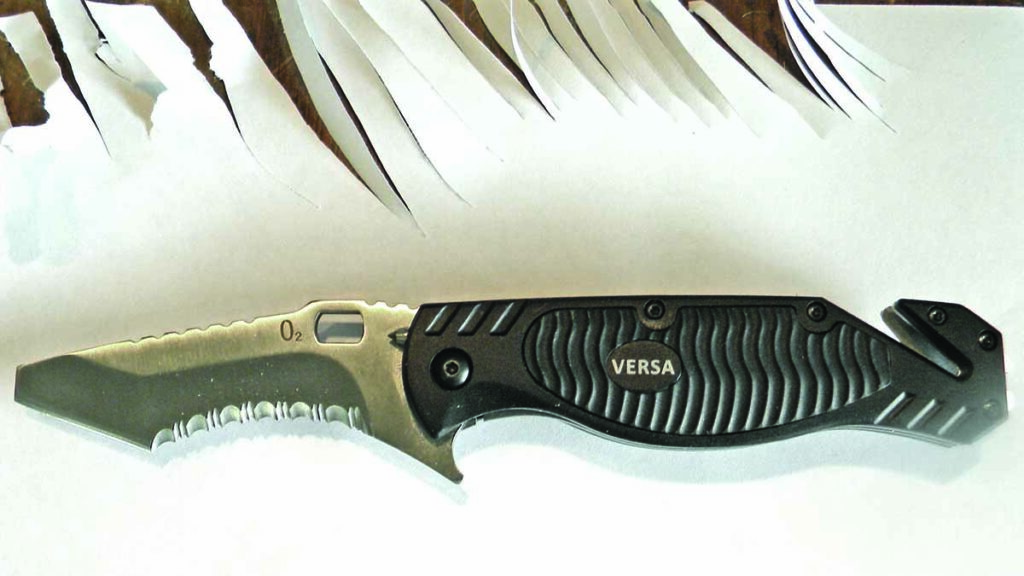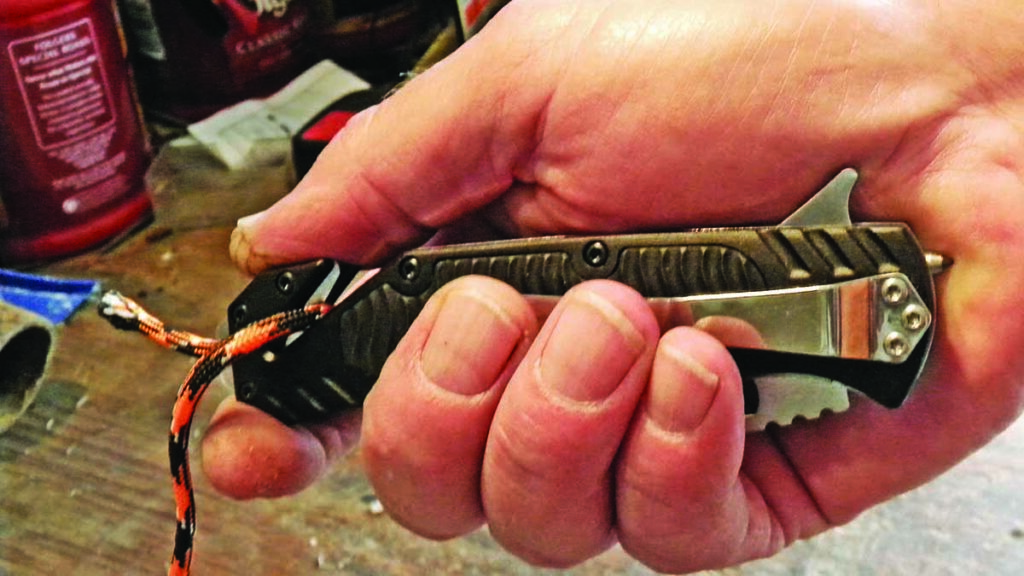Don’t let its throwback good looks fool you, Rothman’s Gentleman’s Trapper has serious EDC chops.
The original EDC knife is a pocketknife. It used to be a right of passage when you were allowed to have a hand-me-down knife in your front pocket. I received mine at the ripe old age of 5. I used it to sharpen pencils and crayons and for whittling.
After a few years and a few cuts on my fingers, I progressed to skinning and cleaning fish. The knife never left my front pocket. I carried it to school for daily uses. It also made quite a few trips in the washing machine and dryer. My mom would have a fit every time she heard it thumping in the dryer. Of course, the laws have changed now and the younger generation has found other things to entertain themselves. For me, my old pocketknife is retired.
Mike Rothman’s Gentleman’s Trapper would make a great pocket filler. It walks and talks perfectly. But how well does it cut? Let’s see.
Gentleman’s Trapper Sharpness Test
Twenty-pound bond copy paper provided the first test. The slip joint sliced it cleanly and effortlessly. The edge is very fine, so control was easy. It’s a nasty-sharp knife for sure—I could hear the blade slicing aggressively.
Light Duty Cutting With The Gentleman’s Trapper
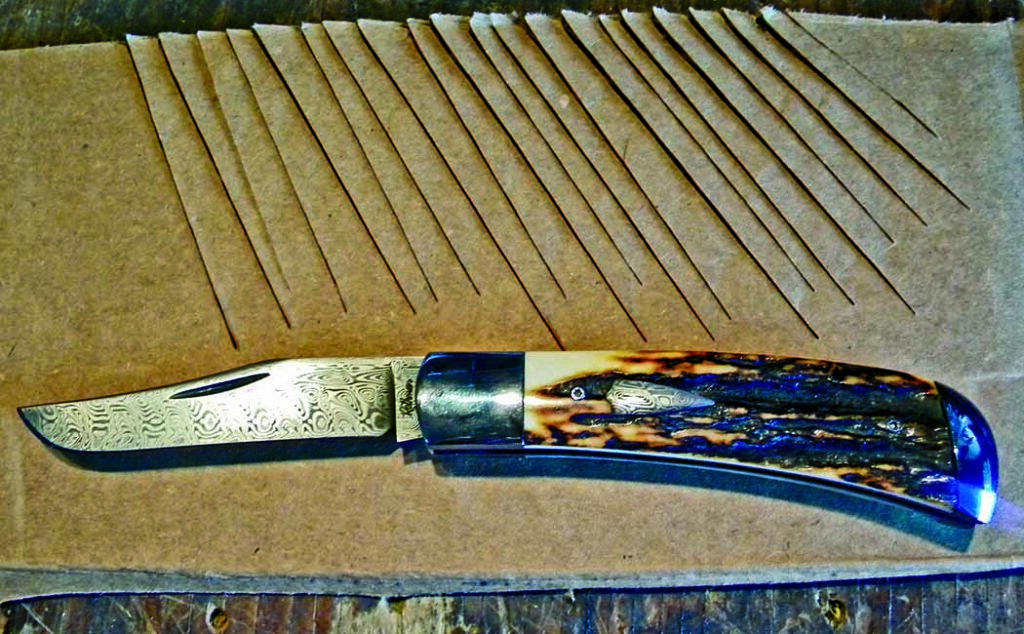
On to single-walled cardboard. The Gentleman’s Trapper made short work of it. In fact, it was very addictive slicing the cardboard. The blade made smooth, straight cuts with no deflection of the material. Very sharp indeed!
Next I found a piece of double-walled cardboard to try. I only had to use a tad more pressure on the push cut to zip through it. I could hear every cut again. The knife is a very forceful cardboard cutter.
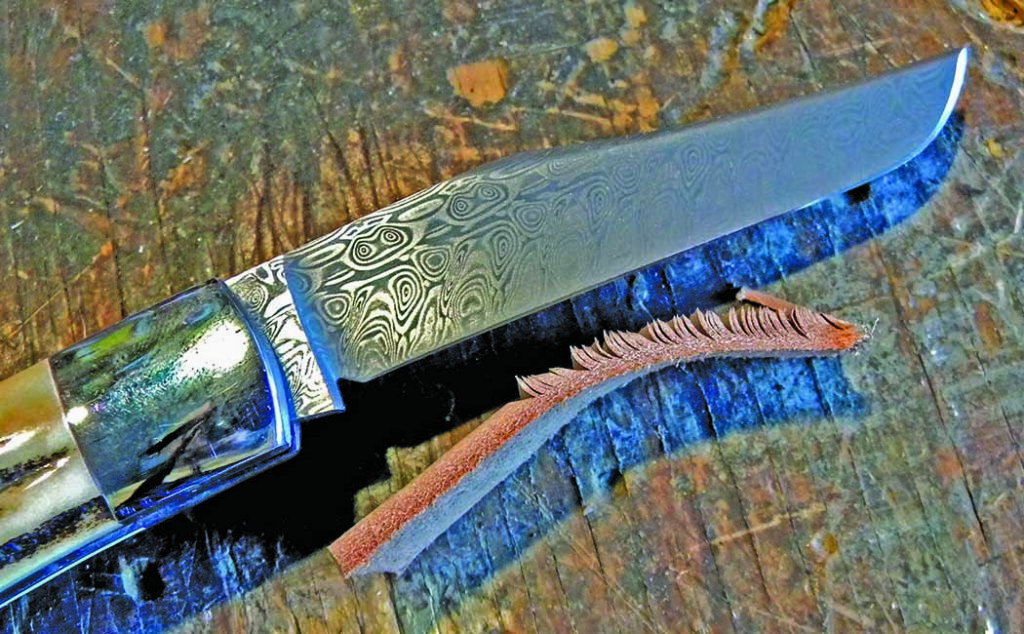
It was time for the leather slice and skiving. The trapper zipped through the leather quickly, so I had to use my knuckles as a stop to keep the piece together so it wouldn’t turn into a pile of pieces. The thin blade made skiving simple, producing super thin slices repeatedly. The stag handle worked perfectly providing a positive grip cutting the leather.
Heavy-Duty Cutting Duty
Whittling was up next. The thin blade produced some of the finest curly-cues I’ve seen. I changed the angle of cut for a deeper bite. I could see and feel the blade flex as deeper bites ensued. It was a very weird sensation, to say the least. I just moved the contact surface closer to the bolsters.
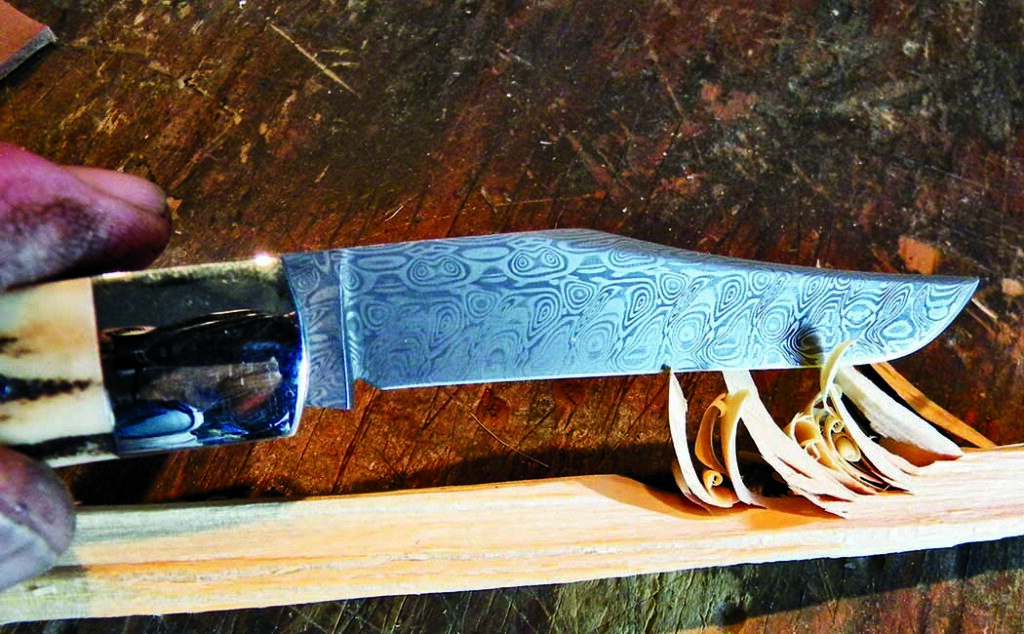
Half-inch sisal rope beckoned. I was looking forward to this one. Dang, this trapper performs—273 crunching cuts and the edge was barely sliding! It was easy to cut with and the handle was comfortable with a tight grip. The insides of the liners are a bit sharp but there were no hot spots. Wow!
I returned to the 20-pound bond paper to see if the edge was affected by all the testing. Nope—same clean slices in the material, a sign of great heat treatment.
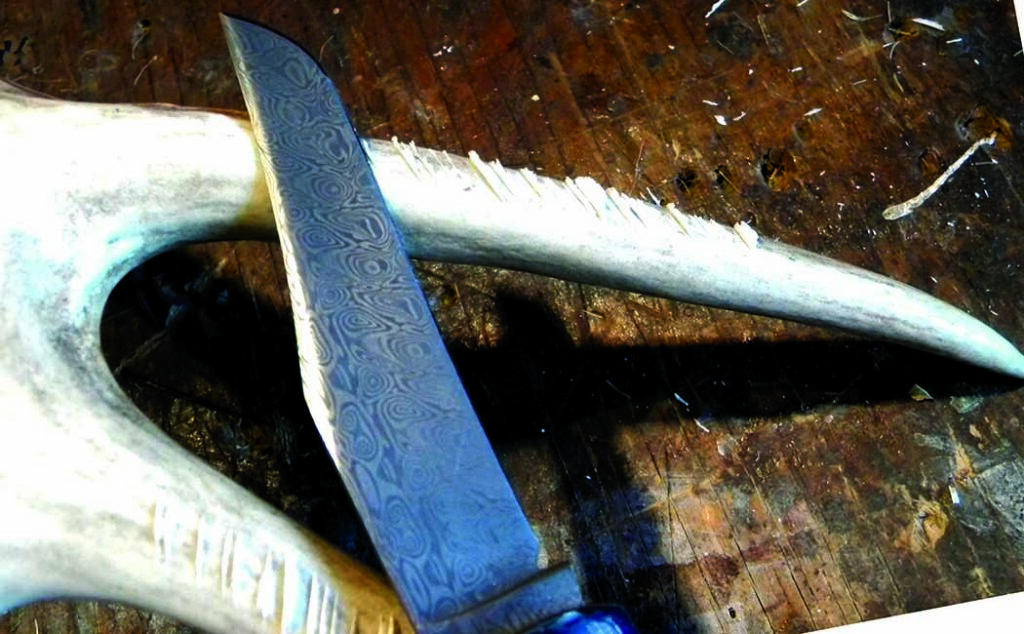
I was compelled to do a warranty-breaking test just to see how tough the Gentleman’s Trapper is. Where was the deer antler? I whacked the blade 30 times into the antler expecting to see some minor edge damage. There was no damage at all! The edge would still pull hair and the knife was as tight as when I started, still walking and talking.
Overall Impression Of Rothman’s Work
I was impressed with the performance of the blade considering how thin it is. Excellent workmanship!
Does Anything Need To Change?
Soften the exposed inside edges of the liners. That’s all, folks!
Gentleman’s Trapper Specs:
Knife Type: Slip joint/pocketknife
Maker: Mike Rothman
Blade Length: 3”
Blade Steel: Damasteel damascus in an Ægir pattern
Blade Grind: Hollow
Blade Pattern: Clip point
Blade Thickness: Tapers on the spine from 1/8” above the ricasso to .039” at the tip; the edge is even thinner than the latter
Handle: Sambar stag w/shield of same material as the blade
Handle at the Thickest: .5”
Liners: Fileworked of 410 stainless steel
Bolsters: 416 stainless steel
Backspring: CPM 154 stainless steel
Weight: 3.5 ozs.
Closed Length: 4”
Knife to know: There is a seamless fit of blade to backspring in the open position
Extras: Comes in black zippered pouch w/Rothman’s company name over shape of the state of New York
Maker’s price: $750
Read More Knife Reviews:
- Oknife Beagle Review
- Versa Rescue Knife Review
- Knife Review: CRKT Bamboozled
- M-1 Folder Review: How Good Is This Folder?



